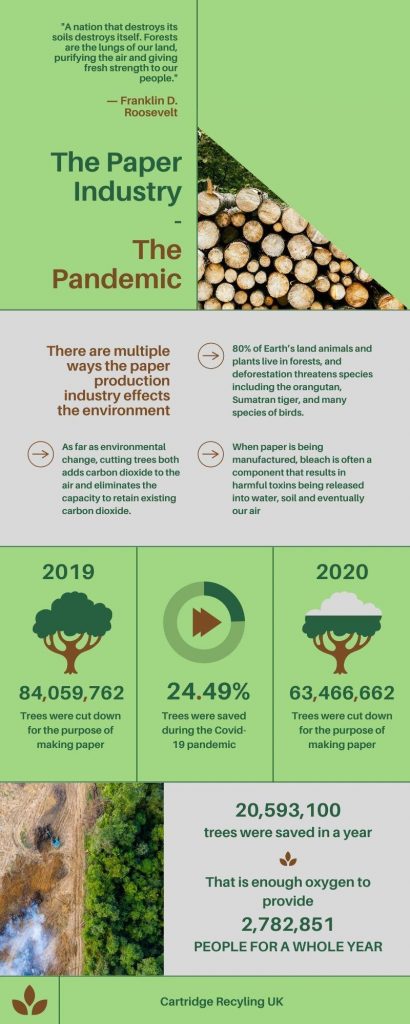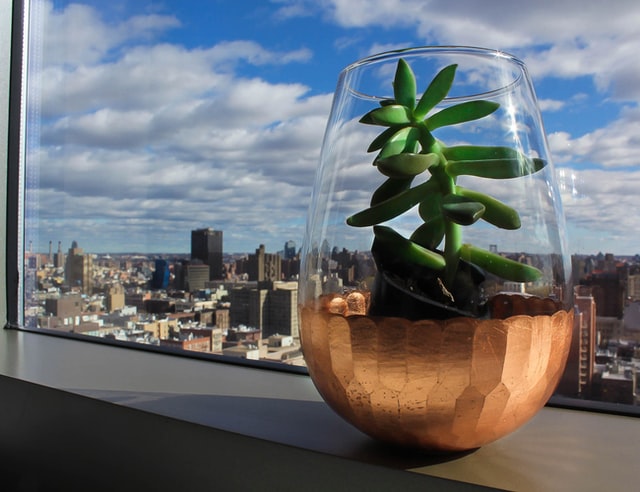It’s not hard to believe that over the past year, you may well have seen news plastered all over the tabloids and news, documenting the positive impact that the pandemic has had on the environment. This was new to everyone! Prior to the pandemic, we saw Greta Thunberg pleading with the World leaders and public at the UN for us to take climate change seriously. However, it seemed Mother Nature had taken charge of the situation herself…
In April 2020, a couple of months after most countries went into total lockdown, the World Economic Forum reported, ‘nearly 3 billion people were faced with some form of lockdown globally. This was due to movement being restricted by respective governments to control the COVID-19 infection.’ This, directly and indirectly, had a huge impact on the planet’s environment due to the huge socio-economic disruption.
We saw Rivers and Oceans becoming clearer and unpolluted with waste for the first time in decades. We saw more animals appear in urban areas due to the reduction of human presence, air and water pollution and noise pollution. One natural resource that has been given a rest in the ever-developing world, are TREES.
Paper – Mother Natures Enemy
Today we are investigating quite simply – one of the most significant processes that affect our environment today, PAPER. Did you know the life cycle of a piece of paper is the third-largest industrial polluter of our water, soil and air? Below we have an infographic that Cartridge Recycling UK has produced, who have also offered tips on selling your unwanted printer cartridges. The unique data was brought together to see just how much the environment owes to the global pandemic concerning the number of trees cut down to keep up with the demand for paper.

Has it been all for nothing?
There is a popular notion that the COVID-19 pandemic has been “beneficial for the climate and environment”— that nature is repairing itself while mankind remains at home — appeals to a larger group of society who are grasping on some positive aspects of the pandemic. The reality, however, may not help out with such expectations.
The advantages many found gladdening right off the bat — from cleaner air to birdsong filling our empty streets, as vehicles and planes went silent — were in every case liable to be brief. Furthermore, with lockdowns coming to an end, they have effectively started to scatter. Many experts are predicting that the world risks concerning levels of pollutants that could potentially be higher than pre lockdown levels ever were! It’s too early to know whether that desolate situation will come to fruition, however, concerning signs appear to be developing from one side of the planet to the other.
It’s not all doom and gloom
As depressing as this might seem there are also suggestions that there are many positives to take from the pandemic concerning the paper industry. As we can see in the infographic above trees, used to produced paper products, being cut down reduced by almost 25%. With business’s sending their employees to work from home, restaurants and stores closing – with the need for paper products reducing drastically, we have seen society digitalised at an unprecedented pace.
With employers adapting to the lockdown and isolation restrictions it’s clear many are going to stick to the business process introduced over the past year and a half. This could potentially see the need for paper becoming less important as rules start to go back to the way they were. With everyone working from home it has forced businesses to become more digitally aware allowing them to not need huge office spaces which can, directly and indirectly, reduce paper waste.
Over the past year, we have also seen a huge spike in eCommerce startups and overall online shopping. Salesforces’s Q2 Shopping index recently reported that ‘the UK appears to have retained some of the momenta it gained from the onset of the pandemic. Results from Q2 2021 show the region has experienced a 17% growth in the same metric compared to a year before, well ahead of the US which saw a 2% drop over the same period.’These trends have seemed to not be slowing down much even after the lockdown has come to an end which indicates that a lot of items that individuals used to buy pre lockdown are now purchasing online. This could also indicate that the need for paper products such as bags, advertising to become obsolete.




